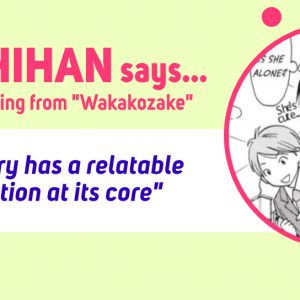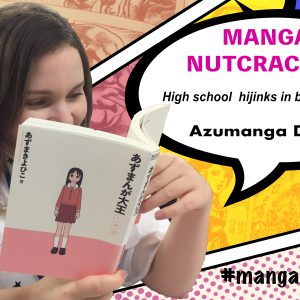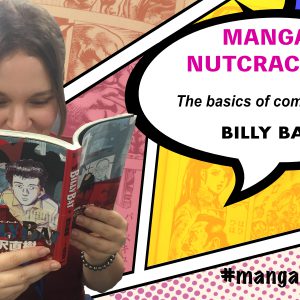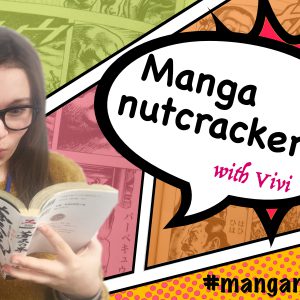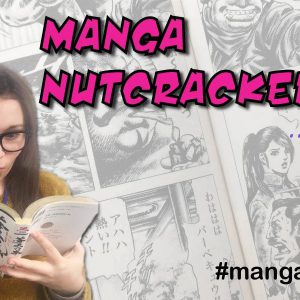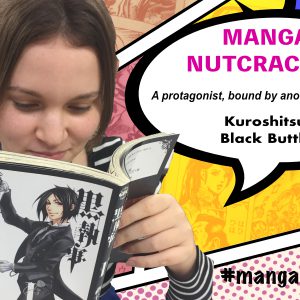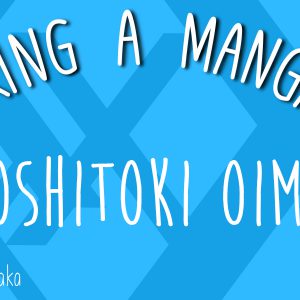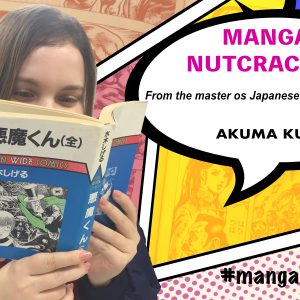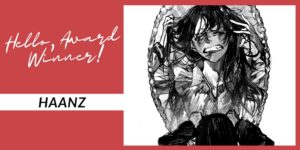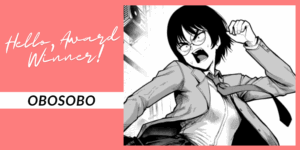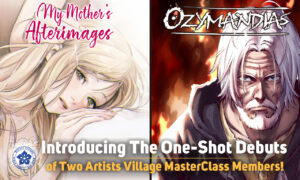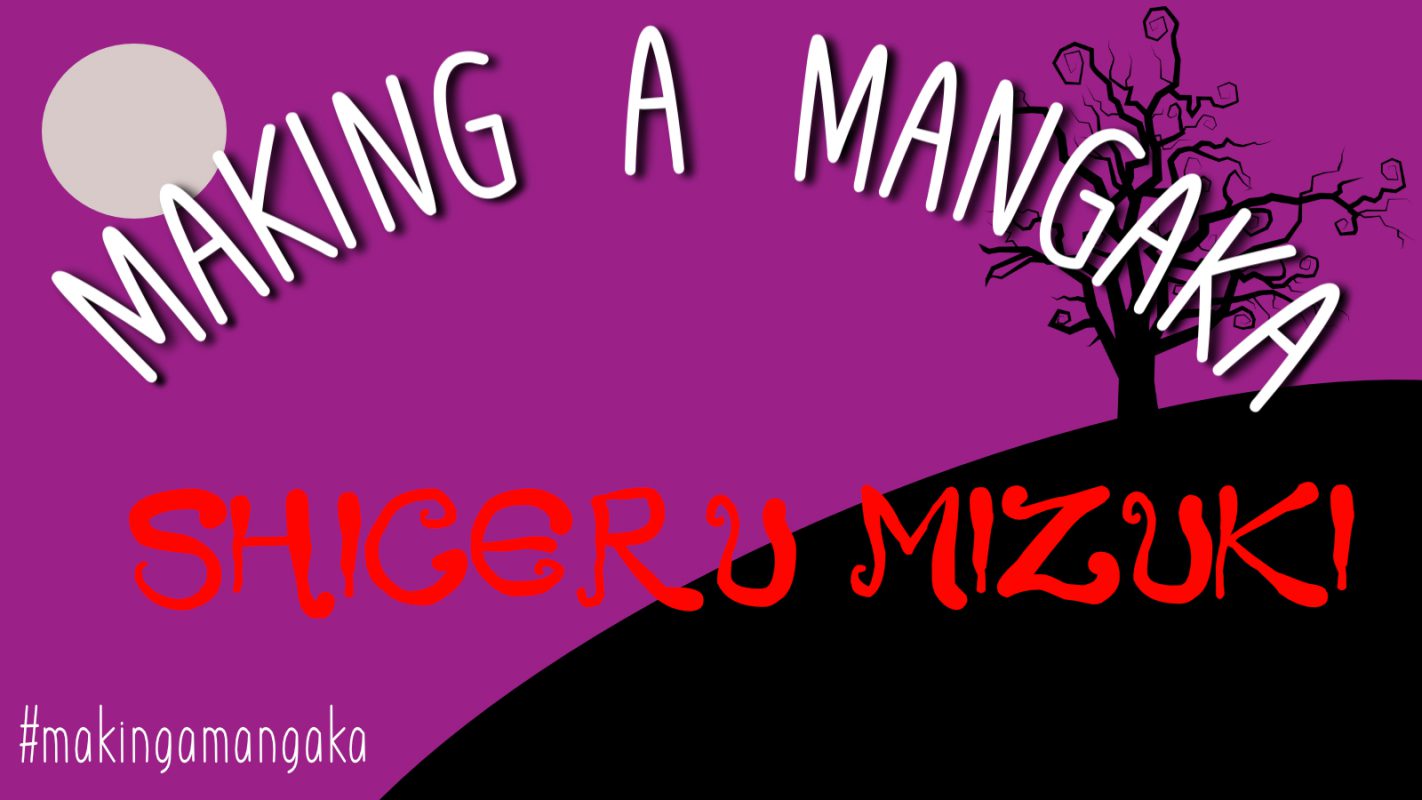
Researching this week’s Making a Mangaka has been a lesson in joy and unimaginable heartache. With a life that would fill countless volumes of manga, this legendary creator has used our beloved medium to entertain, self reflect and, speaking from grave experience, warn future generations of the horrors of war. This week, I’m honored to explore the world of Shigeru Mizuki.
Name: Shigeru Mizuki (水木 しげる Mizuki Shigeru. Born 武良 茂 Mura Shigeru )
Born: March 8, 1922 – November 30, 2015
Place of Birth: Osaka, Osaka Prefecture, Japan
Speciality: The ugly side of humanity

Shigeru Mizuki and his beloved creations in his hometown of Sakaiminato. Flickr/Puffyjet
ABOUT
Born “Shigeru Mura” in Osaka, Japan, Mizuki spent much of his childhood in Sakaiminato, a coastal town in Tottori Prefecture. A childhood spent running street battles with the local kids, Mizuki also showed an aptitude for illustration. So much so in fact, that his elementary school teachers organized a special exhibition of his work, catching the eye of the local newspaper in the process.
When not illustrating or fighting perpetual wars with the various gangs of Sakaiminato, Mizuki was often found at the feet of Fusa Kageyama. “Nononba”, as she was affectionally known, would enchant the young ruffian with fantastical tales of ghosts, gods and Yokai. In fact, Nononba would have such a great influence on Mizuki, that he would go onto create a manga all about this kindly old lady and her endless tales of the supernatural. With life brimming with fun and adventure, not to mention an even brighter future as a professional artist, things couldn’t get any better for Mizuki. But that all changed on July 7th, 1937.

Mizuki aged 18, c. 1940
With the invasion of China, Japan had officially begun WW2. In 1942, Shigeru Mizuki was drafted into the Imperial Japanese Army and posted to Rabaul, a city on New Britain island in Papua New Guinea. The young 21 year old was plunged into horrors that made Nononba’s stories seem like fairy tales. Battling malaria along with British and Australian forces, Mizuki became more than familiar with the true horrors of war when he witnessed his friends and comrades fall in hails of machine gun fire and bombing raids, one of which taking his dominant left arm.
While convalescing in a Japanese field hospital, Mizuki experienced something he had long forgotten, true acts of kindness. Members of the native Tolai tribe welcomed the young Japanese solider into their lives, gifting him land, a home and a potential wife. As the only member of his unit still alive, he received orders to commit suicide (an order he later recalled as ‘ridiculous’), so the prospect of a new life amongst new friends must have seemed very inviting. But with the war nearing end, and with it the imperial ambitions of the Japanese Empire, Mizuki was shamed into returning to his homeland by his military doctors.
Shigeru Mizuki returned to a changed Japan. With his brother on charges for war crimes, and his country under U.S. occupation, the battle-worn and forever changed young artist focused on rebuilding his life and his ability to draw. Trying his hand at a number of professions, including fish salesman, inn keeper (the inn in question being ‘Mizuki Manor’, the inspiration for his pen-name) and an artist for Kamishibai plays, Mizuki eventually discovered manga.

Here he comes to save the daaaaaay….Rocketman!
In 1957, Mizuki published Rocketman, his first creation. Crudely drawn, with more than a passing resemblance to a certain Man of Steel, Rocketman kicked off a career that was as astounding as his rapid recovery. What followed was an herculean output of creative excellence. From the timelessly brilliant Hakaba Kitaro (1960–1964) to extensive manga histories of Japan, including a heavily critical work detailing Japan’s involvement in WW2, Mizuki found in manga the ability to both deal with the emotional turmoil of his war experiences and a way to voice his views of post-war civilization.
At the ripe old age of 93, Shigeru Mizuki passed away in 2015, after succumbing to heart failure. Leaving behind a body work that is as fresh today as when it was created, Mizuki not only reintroduced Japan to the world of Yokai, but strived to tell his country, and indeed the world, that we should keep war to the streets in childish play and prejudice on the pages of comic books.

Jigoku no Mizu
MY THOUGHTS
Today, even a cursory glance at the news will involve a heartbreaking bombardment of war, inequality and prejudice. With the horrors of WW2 still in living memory, the Nations of the world seem to be walking blindly into the mistakes that led us to catastrophe, over 90 years ago. Though Shigeru Mizuki, a veteran of that terrible conflict, may not be able to voice his dismay at our current social trajectory, his wonderful body of work certainly can.
Mizuki’s first major series, Hakaba Kitaro is a testament to the great man’s drastically changed view on humanity following his return to peacetime Japan. With both parents “dying” before his birth, Kitaro, is a child born into distress. After crawling from the womb and grave of his dead mother, he enters into a world of mistrust, prejudice and inequality. Mocked for only having one eye, plus his habit of muttering to himself by the human inhabitants of his world, Kitaro eventually develops anti-social behavior and learns to echo the manipulative behavior of the very people who mocked him.
This critique on humanity’s failings does not stop at the human characters either. The comedic half-Yokai, Nezumi-Otoko (Rat man), though generally good natured is a perfect example of selfishness and greed, with many of his scams having a much wider, negative effect on those around him. Indeed, the victims of his bogus “afterlife insurance” lament their lot in the bowels of Hell, reflecting on how life above is habitually wasted, with little hope for humanity’s future.

Kitaro no Vietnam Senki
It is, perhaps in the manga’s main antagonist that Mizuki really lashes out at humanity’s greatest failing. Nurarihyon, the most world’s most powerful Yokai is driven by an unimaginable hatred of humanity. Consumed by prejudice, Mizuki created the archetype racist who strives for the eradication of those he deems inferior. Considering Japan’s ally in the war he fought, Mizuki made it very clear that the actions of his country, once the terrible truths were revealed to the world, were definitely not in his name.
Much of Mizuki’s work not only shows a warning of the follies of war, it also serves to illustrate his frustration at the way the world was developing. At a time of great change in Japan, many were peddling a different narrative to Japan’s involvement in WW2. Mainly in response to Yoshinori Kobayashi’s revisionist history manga series Gōmanism Sengen, the enraged war veteran took it upon himself to create an accurate account, detailing the atrocities of the Japanese Empire.
His most personal work is undoubtedly his most powerful. 1973’s Onward Towards Our Noble Deaths chronicles the life of Private Maruyama, a fictionalized version of the author. A combination of illustrations and photographs, the manga serves as a reminder of the reality of war. Gone are the glorious, idealized visions of honorable combat, to be replaced with very real accounts of pain, loss and despair.

Owarai Team
Shigeru Mizuki was well aware of the social changes of post-war Japan. Though he appreciated it was a time of great change, he was also very astute to recognize the growing levels of inequality and prejudice, which were to him, the very building blocks of conflict. To counteract that, Mizuki created his own interpretation of Japanese mythology. In GeGeGe Kitaro, Hakaba Kitaro spiritual successor, the titular hero changes from the hateful scheming Yokai found in Hakaba, to an altogether kinder, more generous character, filled with hope and acceptance.
Mizuki’s Yokai only appear during peacetime, they have no ethnicity or nationality which in turn, enabled the author to give his thousands of readers a glimpse of a tolerant world. Put simply, the overriding message Shigeru Mizuki wove throughout his entire body of work can be summed in four words…GIVE PEACE A CHANCE.
MANGA
Hakaba Kitaro (1960–1964)
Kappa no Sanpei (1961–1962)
Akuma-kun (1963–1964)
Terebi-kun (1965)
GeGeGe no Kitarō (1967–1969)Hitler (1971)
Onward Towards Our Noble Deaths (1973)
The Miraculous Notebook (1973)
NonNonBa (1977)
Showa: A History of Japan, four volumes (1988–1989)
War and Japan (1991)





